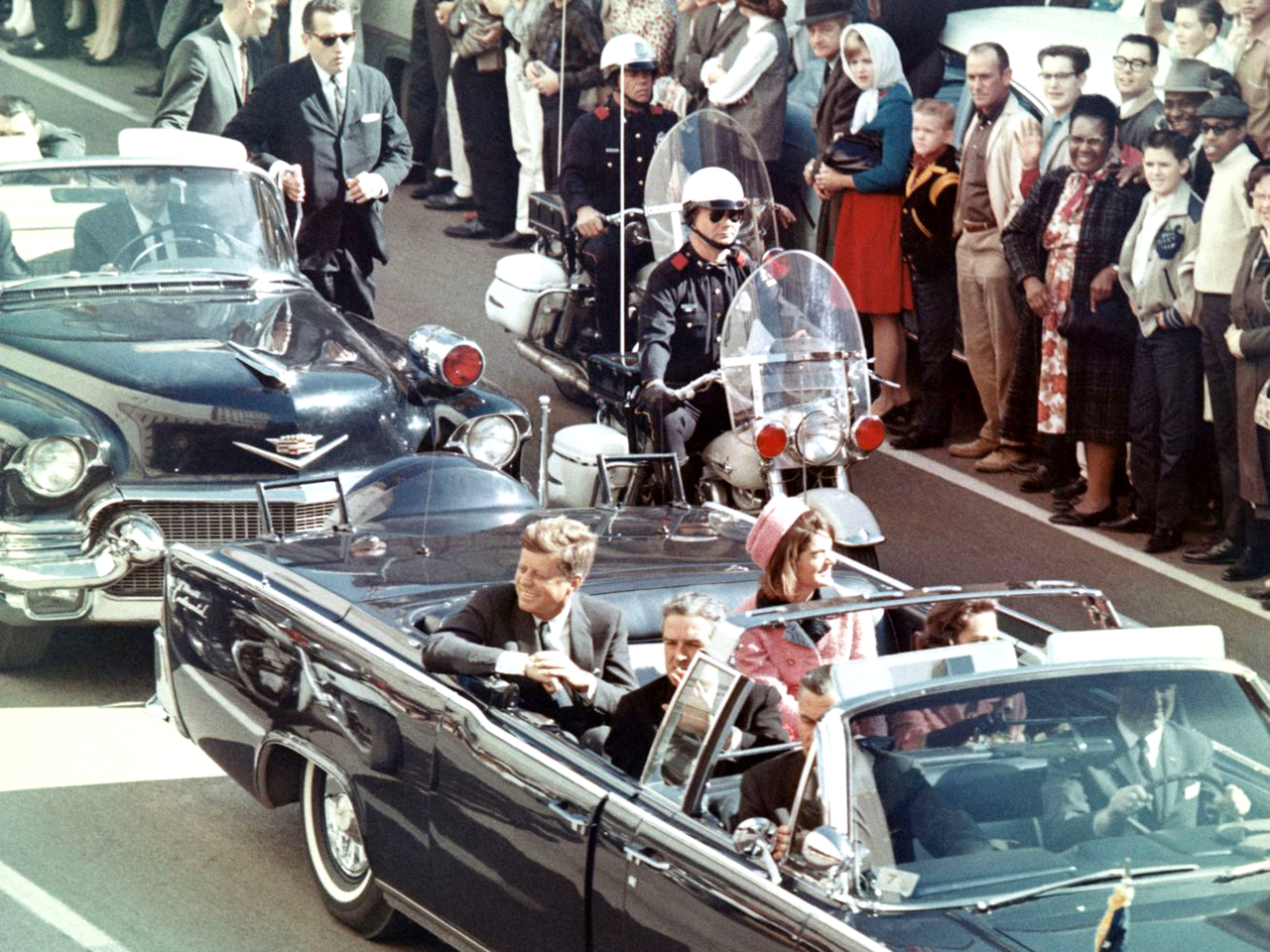The Evolution of Acoustic Evidence in the JFK Assassination

Introduction
The assassination of John F. Kennedy on November 22, 1963, in Dallas, Texas, remains one of the most intensely investigated and debated events in modern history. The Warren Commission concluded that Lee Harvey Oswald acted alone, firing three shots from the Texas School Book Depository building. However, the subsequent House Select Committee on Assassinations (HSCA) investigation cast doubt on this conclusion, suggesting the possibility of a conspiracy involving a fourth shot fired from the Grassy Knoll.
Acoustic Evidence and the HSCA
The HSCA's investigation relied heavily on acoustic evidence from a Dictabelt recording of the Dallas Police Department's radio channel. The committee hired a team from Bolt, Beranek and Newman Inc. (BBN), headed by James E. Barger, to analyze these recordings. Barger's team concluded that there was a 50% probability of a fourth shot coming from the Grassy Knoll. However, this level of uncertainty led the HSCA to commission another team, Weiss and Aschkenasy (W&A), to try to improve the reliabitlity of any finding. W&A used an acoustic modeling method and concluded that there was a 95% probability of a shot from the Grassy Knoll. This led the HSCA to issue a final report suggesting a "probable conspiracy."
National Research Council's Review and Crosstalk
In response to the HSCA's conclusions, the Justice Department requested that the National Research Council (NRC) review the acoustic evidence. The NRC's Committee on Ballistic Acoustics (CBA) disputed the HSCA's findings and introduced the concept of crosstalk, which occurs when sounds from one channel are picked up by a microphone tuned to another channel. The CBA identified crosstalk on channel I at the time of the alleged shots, which came from speech on channel II about a minute after the shooting, putting the suspected gunshot patterns at the wrong time to be legitimate.
Continued Debate and Analysis
The debate over the acoustic evidence continued into the 21st century, with independent scientist Don Thomas challenging the CBA's findings in a 2001 article. Michael O'Dell, the author of this article, then reviewed Thomas's work and the previous studies, and identified errors in the CBA's timing data for channel II, which led to invalidating Thomas's results. In response to Thomas's article, former CBA members and Dr. Ralph Linsker published a rebuttal in 2005 addressing the timing error and other issues raised by Thomas.
In 2013, Larry Sabato published "The Kennedy Half Century," for which he commissioned Sonalysts, Inc. to perform a new analysis of the Dallas Police Department's recordings. This analysis concluded that the stuck microphone was not part of the motorcade and could not have picked up the sounds of the assassination gunshots.
Also in 2013, Michael O'Dell attempted to replicate the W&A study, revealing inaccuracies in their data and results, undermining any confidence in the orignal claim of a fourth shot from the Grassy Knoll.
Recent Publications and Expert Opinions
In 2021, Josiah Thompson published "Last Second in Dallas," which included contributions from James Barger addressing criticisms of his prior work with BRSW, as well as input from subject matter experts, including Barger, Don Thomas, and Michael O'Dell.
Conclusion
The acoustic evidence surrounding the JFK assassination has been the subject of intense scrutiny, reevaluation, and debate for decades. While the possibility of a fourth shot from the Grassy Knoll and a conspiracy remains a topic of discussion, the acoustic evidence has proven unable to confirm that idea.